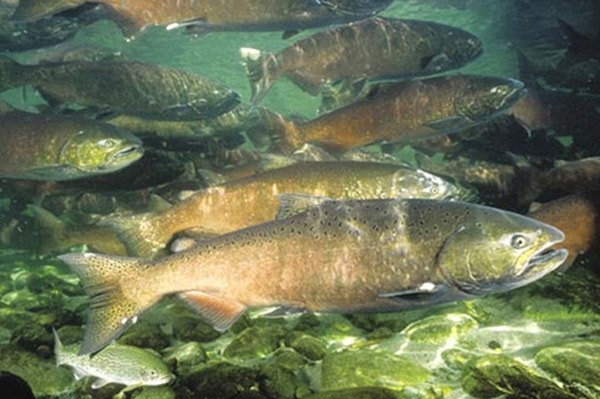What would you do to support species and conserve their habitats? What priorities and projects would you focus on? The Fish & Wildlife Compensation Program (FWCP) wants to hear your ideas.
Help define FWCP priorities for fish and wildlife impacted by BC Hydro dams. Please join the discussion in Courtenay on Wednesday, Jan. 11, at the Best Western Westerly Hotel, 1590 Cliffe Ave.
Doors open at 12:30 p.m. Discussion starts at 1 p.m. and ends at 4:30 p.m. Light refreshments will be provided.
More details are at fwcp.ca.
“We’re starting a discussion today that will help guide the conservation and enhancement priorities we fund and deliver in the Puntledge River watershed for the next five years,” says FWCP’s Coastal Region manager, Trevor Oussoren.
“Our updated action plans will help determine the types of projects we fund and the species we focus on.”
The Courtenay workshop is a chance to review and discuss potential conservation priorities, research and hands-on projects for the Puntledge River watershed.
Draft priorities and projects are currently online for review at fwcp.ca The process to renew and update the FWCP’s Watershed Action Plans started on Vancouver Island in November 2016.
By summer 2017, renewed action plans will be developed for each of the 14 watersheds impacted by BC Hydro dams that make up the FWCP’s Coastal Region.
“Our action plans need to reflect the unique fish and wildlife needs in each watershed. That’s why we’re talking with government, First Nations, stakeholders and the public. And we hope interested groups and individuals will join us in Courtenay,” says Oussoren, pointing to the FWCP’s ongoing work in the watershed.
Between 2010 and 2016, FWCP funded 33 projects in the Puntledge River watershed: 30 addressed our priorities for conserving and enhancing rivers, lakes and reservoirs, and three addressed riparian areas and wetlands.
